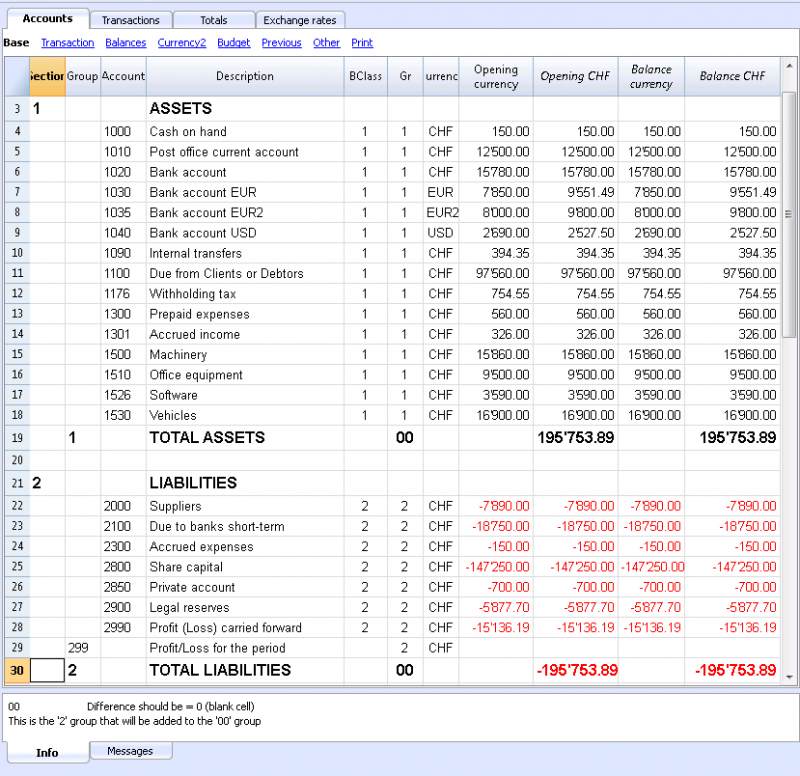Have you ever felt a pang of curiosity when you see those constantly fluctuating numbers on financial news websites? Those are currency exchange charts, a window into the dynamic world of global finance. Each tick and dip tells a story, revealing the ebb and flow of currencies across the world. Understanding how to read these charts is like unlocking a secret code, empowering you with knowledge to navigate currency fluctuations and make informed financial decisions. Whether you’re an avid investor, a frequent traveler, or simply want to be smarter about your money, this guide is your key to understanding the language of currency exchange charts.

Image: torano.centrodemasajesfernanda.es
The concept isn’t as daunting as it may seem. Currency exchange charts, essentially, are visual representations of how the value of one currency fluctuates against another. For instance, when you see the EUR/USD chart, it depicts the value of the Euro (€) compared to the US Dollar ($). These charts, often displayed as line graphs or candlestick patterns, are meticulously tracked and updated in real-time, offering a fascinating snapshot of the global economy. Imagine them as barometers for the global financial market, reflecting factors like trade agreements, political events, and even natural disasters.
Decoding the Language of Currency Charts
To embark on this journey, let’s break down the fundamentals:
1. Currency Pairs:
- Every chart meticulously showcases a specific currency pair, like EUR/USD, GBP/JPY, or AUD/NZD. The first currency listed (e.g., EUR) is called the base currency, while the second (e.g., USD) is the quote currency.
2. Chart Types:
- Line Chart: This straightforward chart depicts the price of the currency pair over time, creating a visual line connecting each data point.
- Candlestick Chart: This more detailed chart showcases price fluctuations over a specific period. Each candlestick represents the open, high, low, and closing price of the currency pair during that time frame.
- Bar Chart: These charts resemble skyscrapers, with each bar representing the price range of a currency pair during a specific period.
3. Axis and Scales:
- Time Axis (X-axis): This axis, typically at the bottom of the chart, showcases the time frame, which could be minutes, hours, days, weeks, or even months.
- Price Axis (Y-axis): This axis, usually on the left side of the chart, demonstrates the value of the base currency relative to the quote currency.
4. Key Indicators:
- Moving Averages: These lines represent the average price of a currency pair over a set period (e.g., 50-day moving average). Traders use these to identify trend direction and measure momentum.
- Support and Resistance Levels: These are critical price points where a currency pair tends to find support or face resistance. These levels can act as potential turning points in a currency’s trajectory.
- Indicators: A variety of technical indicators add another layer of insight. Examples include the Relative Strength Index (RSI), Stochastic Oscillator, and MACD (Moving Average Convergence Divergence). These indicators help detect overbought or oversold conditions, potential reversals, and strength of a trend.
Navigating the Trends and Patterns
- Uptrend: When the price of a currency pair is consistently moving upwards, it indicates a strong bullish trend.
- Downtrend: On the other hand, a consistent downward movement signifies a bearish trend.
- Consolidation: This is a period when the price of a currency pair remains within a specific range, exhibiting minimal volatility. Consolidation can often precede a breakout, a sudden and significant price movement.
- Breakouts: These occur when a currency pair breaks through a resistance level (uptrend) or a support level (downtrend), potentially signifying the start of a new trend.
- Reversals: When a currency pair is trading in a specific trend, then suddenly breaks out and moves in the opposite direction, it’s termed a reversal.
Expert Insights: How to Leverage Chart Analysis
Currency exchange charts are a powerful tool, but remember that no chart analysis is foolproof. Factors outside the charts, like economic data, political instability, or unexpected events can significantly influence currency movements. It’s wise to always remember that you’re navigating complex and dynamic markets.
Here are some valuable tips from experienced traders:
- Always use a combination of tools: While technical analysis based on charts is crucial, it’s vital to factor in fundamental analysis, which involves exploring economic indicators, news reports, and political scenarios. Combining both approaches can help you make more well-rounded and informed decisions.
- Understand the context: Don’t just analyze a chart in isolation. Consider the broader market context, including economic trends, geopolitical situations, and recent news events.
- Practice patience: Currency fluctuations are often unpredictable. Be patient and don’t make impulsive decisions driven by short-term price movements.
- Start small: When you are first starting out, begin with a small investment amount. You can always increase your investment as you gain experience and confidence.
- Never invest money you can’t afford to lose. The currency market can be volatile, and any investment comes with inherent risks.

Image: angola.desertcart.com
How To Read Currency Exchange Charts
Empowering Yourself with Knowledge
Currency exchange charts might seem intimidating at first, but understanding the basic concepts and applying the principles of technical analysis can significantly empower you. By recognizing patterns, trend directions, and key indicators, you can make more informed and potentially profitable decisions. Remember, this is a continuous learning process, and the more you explore and practice, the more comfortable and confident you’ll become in navigating the world of currency exchange charts.
As you embrace this newfound knowledge, remember the power of continuous learning and explore further resources to enhance your understanding. Share your experiences and knowledge with others, and together pave the way for a more empowered financial future.







